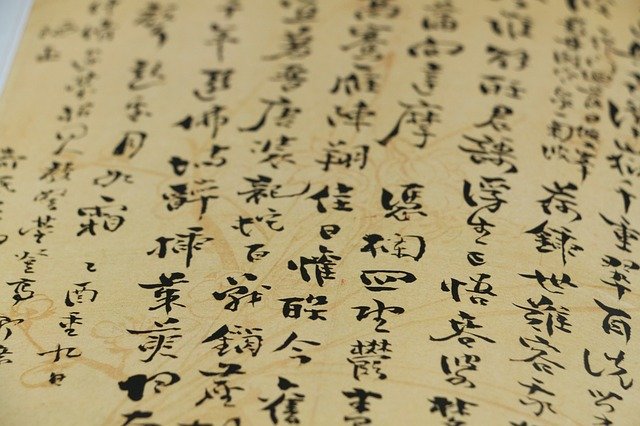Should Korean primary school textbooks use Chinese characters? According to a report by South Korea’s Korean Daily on the 21st, it has become the focus of controversy again recently over whether primary school textbooks should use Chinese characters (mixed with Han and Han).
On the 2nd of this month, 10 members of parliament, including Kim Ruizhi of the National Power Party, launched the “Amendment to the Primary and Secondary Education Law”, advocating that “books for education are written in Korean, but for easier and explicit meaning, Chinese characters can be used in textbooks at the same time according to the order of the Minister of Education”.
As the first female congressman with visual impairment in the Korean National Assembly, Kim Ruizhi said of the original intention of launching the amendment: “70% of Korean words are Chinese characters, so it is necessary to understand Korean. In order to improve students’ thinking ability and language ability, it is necessary to mix Han and Han.
In response, the Korean Korean Association issued a statement on the 10th of this month, saying that “there is no problem for textbooks to correctly understand the content of students in Korean only”, “Korean language is absolutely unhindered to improve students’ thinking ability and language ability”, “Korean specialization is the freedom of expression and understanding of textual life, which is inherent to us”, “Korean-Han mixed Using the original equal text to make life unequal, Chinese characters hinder South Korea’s informatization and scientificization”.
Scholars who support the mixing of Han and Han come forward to refute. Quan Guangzhen, a professor of Chinese literature at Sungkyunkwan University in South Korea, said on the 18th that the so-called “Korean special”, in which the “specialty” and “use” in which “specialty” and “use” may be ambiguous if they do not understand Chinese characters.
Marking Chinese characters in primary school textbooks is not necessary to add Chinese characters to current Korean articles. He pointed out that Korean-specific textbooks only provide students with sound information, and in order for students to learn more meaningful content, Chinese characters must be marked on the basis of Korean.
In order to improve the level of Chinese characters in South Koreans, the Ministry of Education of South Korea issued a new education policy in September 2014, saying that it will mark Chinese characters and Korean characters in primary and secondary school textbooks, and begin to promote the research of relevant programs.
However, the policy has been opposed by many people in the South Korean education community, believing that it will “increase the learning burden of primary school students”. In January 2018, the South Korean Ministry of Education decided to repeal the plan, explaining that it was a “containtachment” to avoid expanding the controversy.



